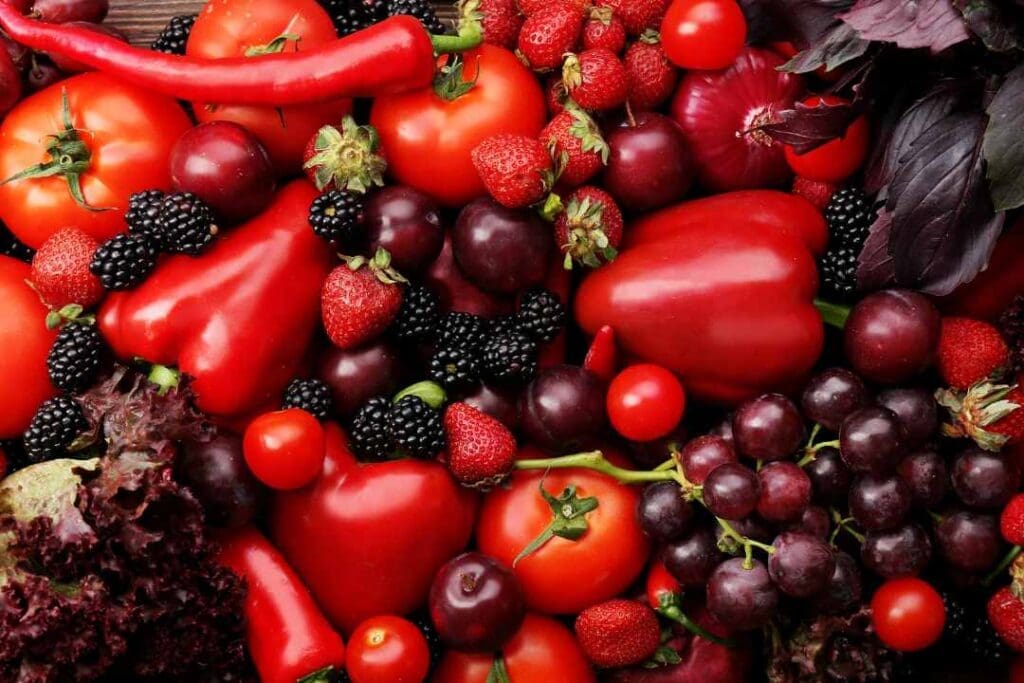What’s even more concerning is that Red Dye No. 3 was banned from cosmetics back in 1990 after studies showed it caused cancer when ingested—yet it was still allowed in the very foods and medications we consume daily. For over 30 years, this harmful ingredient quietly remained in products marketed to children and families.
The Catch: The Ban Isn’t Immediate
While the FDA’s decision is a major step forward, there’s a frustrating delay in fully enforcing it.
• Food manufacturers have until 2027 to remove Red Dye No. 3 from their products.
• Drug manufacturers have until 2028 to eliminate it from medications.
That’s several more years of people unknowingly consuming a harmful ingredient that should have been banned long ago. While it’s understandable that companies need time to reformulate their products, it’s disappointing that consumers are still being exposed to this dye in the meantime.
Why Red Dye No. 3 Is Dangerous
Red Dye No. 3, also known as erythrosine, is a synthetic dye used to give foods a bright red or pink color. It’s been linked to serious health concerns, including:
• Cancer Risk: Studies in the 1980s linked Red 3 to thyroid tumors in lab animals.
• Hyperactivity in Children: Like other artificial dyes, Red 3 has been associated with behavioral issues in sensitive individuals.
• Allergic Reactions: Some people experience allergic responses, including skin rashes and headaches.
Yet, despite this evidence, it remained in foods, candies, baked goods, and even medications.
Common Products That Contain Red Dye No. 3
Here are some popular products that have been known to contain Red 3:
• Brach’s Conversation Hearts (especially popular during Valentine’s Day)
• PEZ Assorted Fruit Candies
• Dubble Bubble Gum
• Certain Medications and Supplements (check the coating on pills)
With holidays like Valentine’s Day approaching, some of these products will be flying off the shelves—another reason why this ban couldn’t come soon enough. Check out our Dye-Free Valentine’s Day Amazon List here!
What You Can Do Now
While companies have years to phase out this dye, you don’t have to wait to make safer choices. Here’s how you can protect yourself and your family:
1. Read Labels: Look for Red 3 in ingredient lists.
2. Choose Dye-Free Alternatives: Opt for naturally colored or dye-free snacks, candies, and products.
3. Support Brands That Care: Spend your money on companies that prioritize clean, safe ingredients.
4. Spread Awareness: Share this information with friends and family—many still don’t realize how harmful synthetic dyes can be. A great way to share this information is to encourage them to watch To Dye For: The Documentary, which dives deep into the hidden dangers of artificial food dyes and how they impact our health.
Need help finding dye-free products? Check out our curated list of safe, clean swaps here: Dye-Free Snacks Amazon List!

Although it’s frustrating that this ban isn’t immediate, it’s still a step toward safer consumer products. This decision shows that consumer advocacy works, and change is possible when we demand better.
Let’s keep pushing for cleaner, safer options—for ourselves and future generations.













